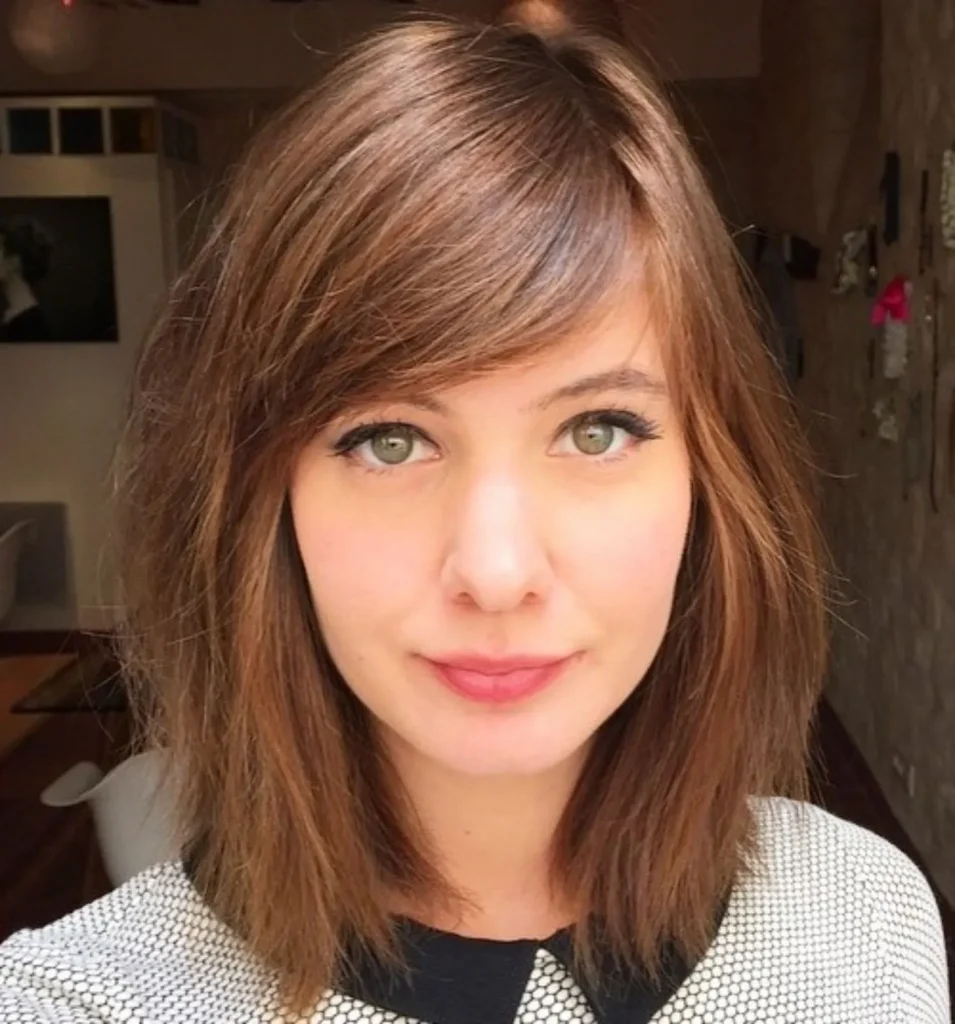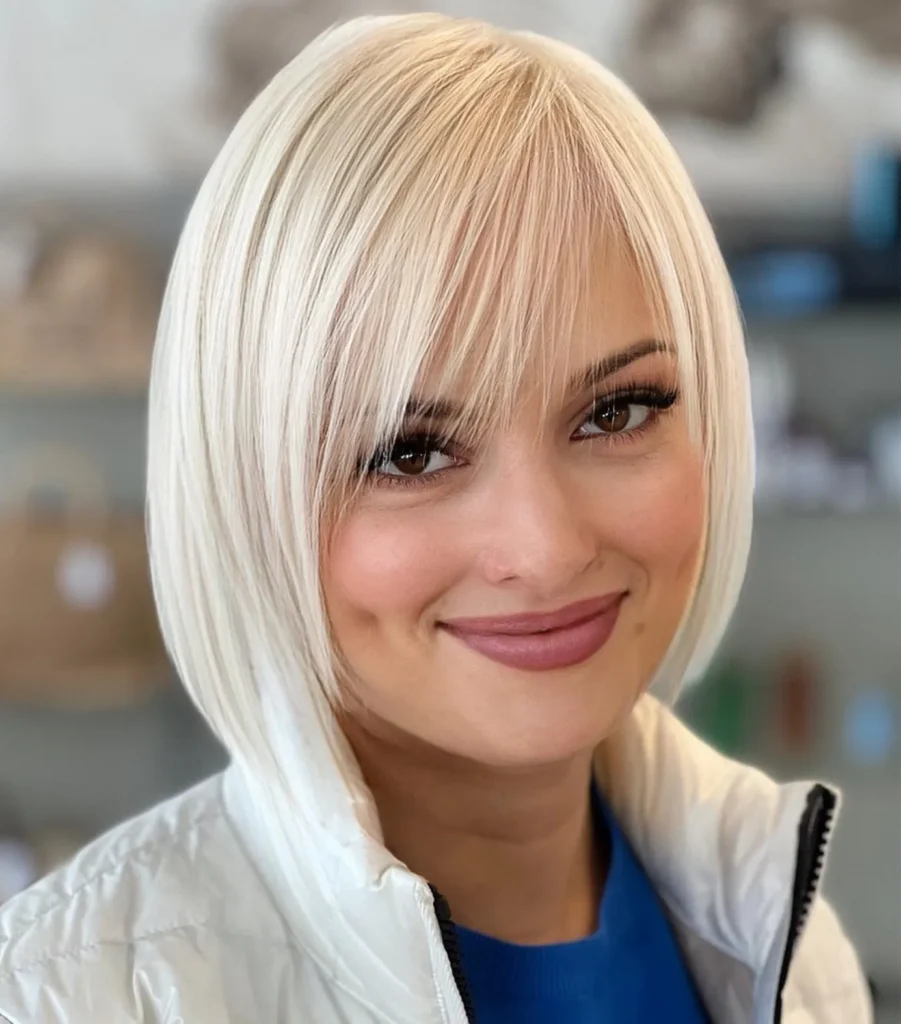Side bangs fine hair can be a game changer when you’re looking to add shape and movement without sacrificing volume.
The right fringe can lift your look, draw attention to your features, and create the illusion of fuller strands.
Before heading to the salon, it helps to understand how side bangs work on fine hair, what to avoid, and the best ways to style them for lasting body and bounce.

Table of Contents
Why Side Bangs for Fine Hair Can Work Really Well
- Side bangs add a diagonal or lateral movement across the forehead, which draws the eye and creates the illusion of more volume at the front. One style guide says side-swept bangs “have a balancing effect and draw attention towards the eyes, all while creating the illusion of thicker hair.”
- For fine texture (meaning the individual hairs are thin), the right type of fringe can give shape and definition to the front of the style without relying on heavy layering or bulky bangs. In other words, fine hair needs shape more than mass.
- Because side bangs are typically longer on one side (angled or swept), they feel less “committed” than a full straight-across fringe. That’s useful because fine hair can sometimes show uneven thickness or cowlicks more visibly. In a forum of fine-hair wearers someone wrote: “Side bangs (imo) are WAY more flattering than straight-across bangs. … side parts; they soften the face so much more than harsh middle parts.”
Things to Watch Out For / Challenges With Side Bangs Fine Hair
- Fine hair tends to fall flat more easily, and heavy or thick bangs can weigh down the front. So you don’t want a super thick, blunt fringe—lighter, wispy, or angled is generally better.
- Since side bangs are longer and angled, they may need daily styling (blow-dry, side-parting, maybe round brush or styling product) to keep the shape rather than letting them just hang. Some fine-hair wearers mention the fringe gets oily or limp faster.
- If the fringe is too heavy, covers too much of the face, or is cut too blunt, it can accentuate thinness rather than camouflage it. Some advice highlights that the “blunt fringe” tends to rely on fullness, which may not be ideal for fine hair.
What to Ask Your Stylist / What to Request for to Get Side Bangs Fine Hair Styles
When you go in for a cut and mention “side bangs” for fine hair, you may want to ask for:
- A slightly longer length on the bang/side fringe (so it sweeps nicely, can tuck behind the ear, or be styled off the face).
- Angled or asymmetric cut: longer at the sides, shorter toward the part, so the fringe integrates into your rest of the hair rather than forming a blunt “line”.
- Wispy or feathered edges rather than heavy blunt ends—gives the appearance of lightness and movement.
- Layers around the fringe (but not too many heavy layers at the front) to help blend the side bang into your haircut and give it mobility.
- Styling advice: maybe a side part rather than strict centre, some volumising product at the roots, and side-sweeping the fringe rather than letting it hang straight down.

READ ALSO: The Gorgeous Pixie Haircut 2023
Hair Styles for Thin Fine Hair #1. Layered Bob: Adding Depth and Dimension

Photo Credits: Felipe Henrique, Le Spa des cheveux®, Patrizia Dessardo